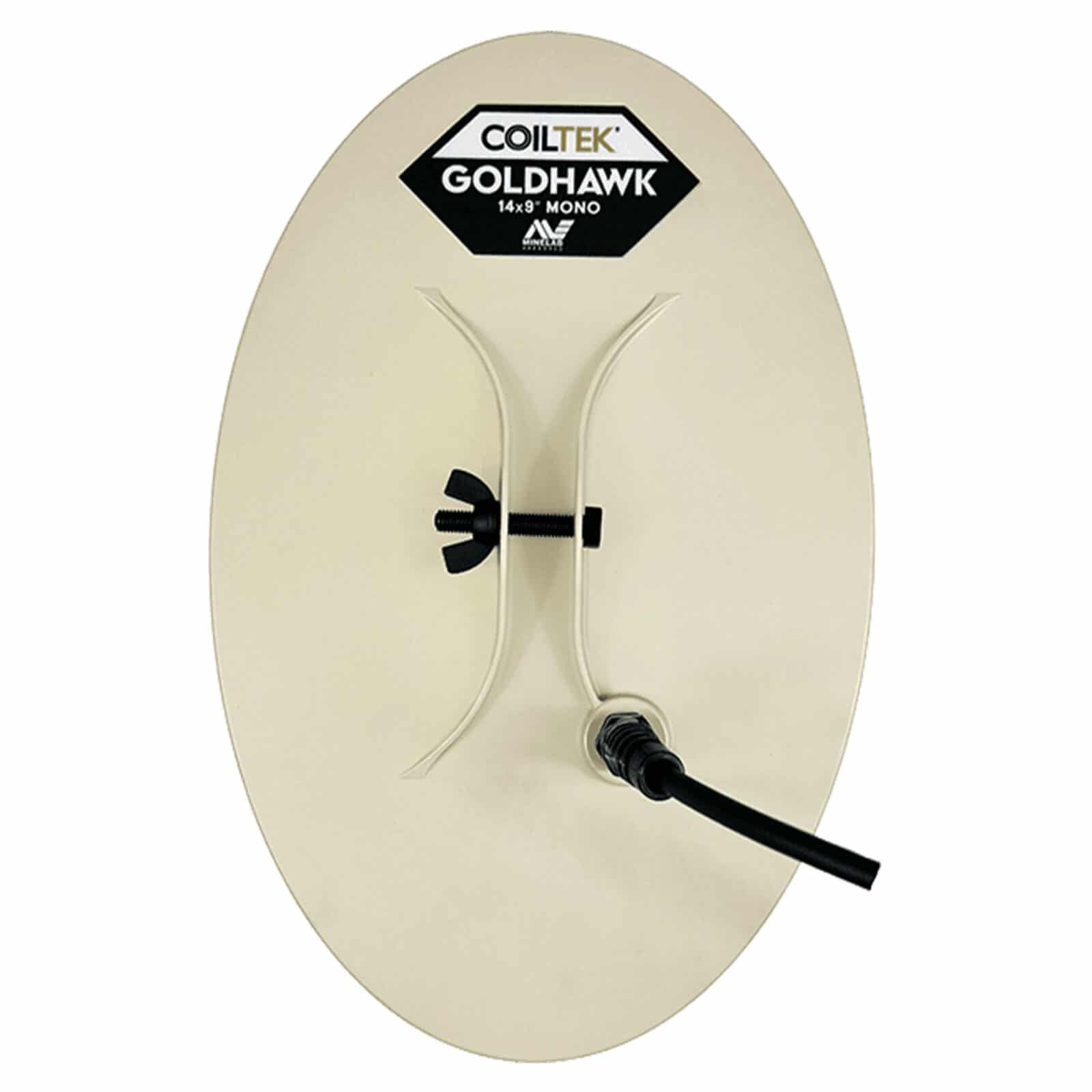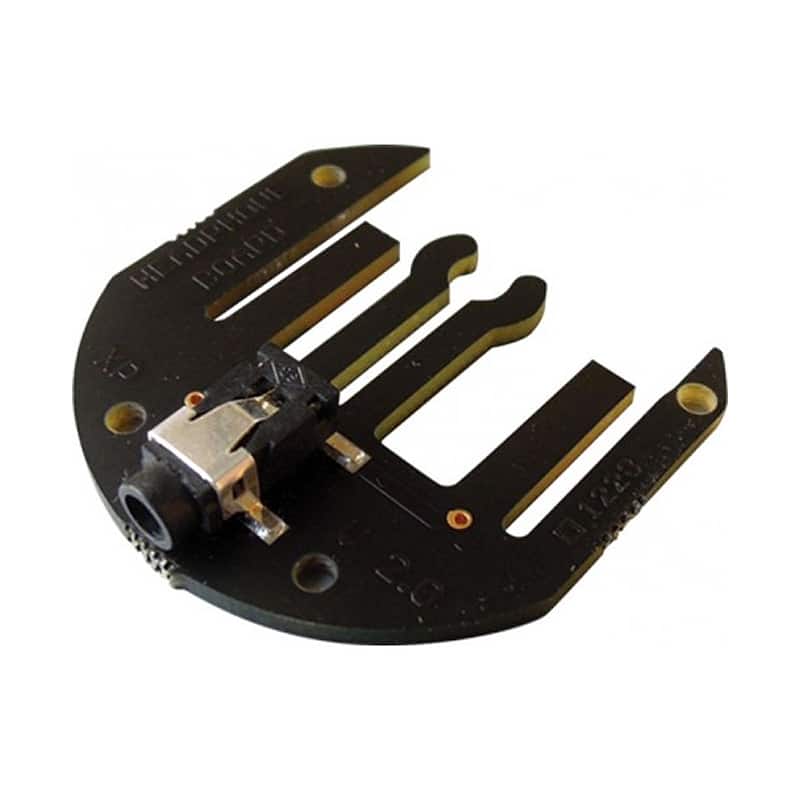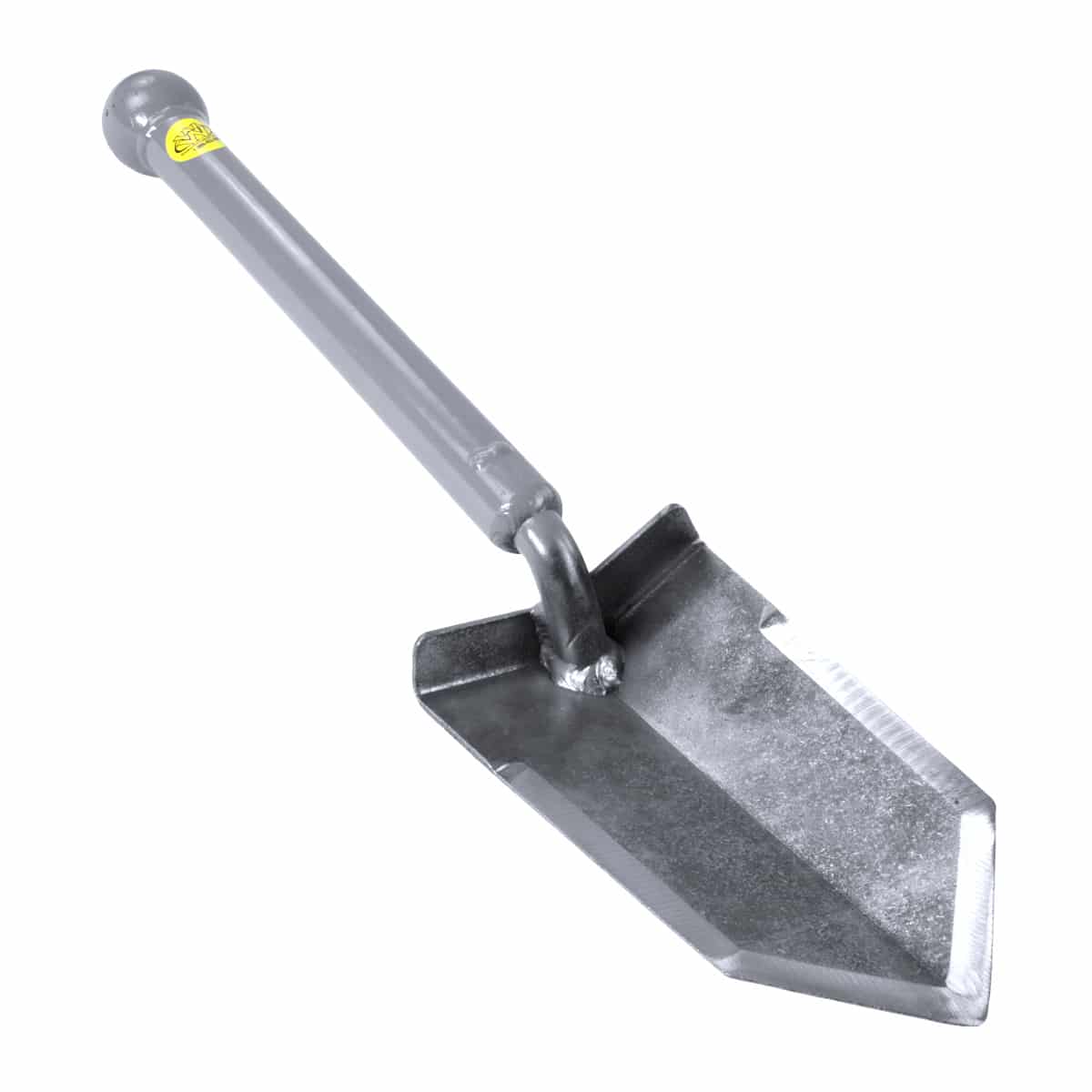Metal detecting is a hobby that allows enthusiasts to become modern-day treasure hunters, unearthing history one beep at a time. While it's often associated with the search for lost coins or jewelry, metal detectors have led to the discovery of some truly unique and historically significant items. In this blog, we'll take you on a journey through some of the extraordinary finds that metal detecting enthusiasts have stumbled upon in recent years.
The Staffordshire Hoard
The Staffordshire Hoard a captivating revelation in the realm of metal detecting, stands as an emblem of historical wonder. This extraordinary cache was serendipitously uncovered in the quiet English countryside of Staffordshire in 2009, thanks to the relentless determination of Terry Herbert, a metal detecting enthusiast. Little did he know that his routine hobby would lead to the discovery of one of the most significant archaeological finds of the 21st century.
The collection comprises an astonishing tally of over 3,500 items, predominantly characterized by their dazzling golden and jeweled intricacies, all of which hail from the Anglo-Saxon era, specifically dating back to the 7th century. The sheer volume and diversity of these artifacts alone make the Staffordshire Hoard a treasure trove of historical treasures.
The Crosby Garrett Helmet
The year 2010 brought forth a remarkable archaeological discovery that took place in the picturesque county of Cumbria, England. It was here that an amateur metal detectorist embarked on a routine search, unaware that he was about to unearth a Roman treasure of immense historical and artistic significance. With his trusty metal detector in hand, this hobbyist pursued the familiar beeps and signals that had led to countless other discoveries before, leading him to what would become known as the Crosby Garrett Helmet.
The Crosby Garrett Helmet is not just any ordinary find; it is a masterpiece of Roman metalwork that has since captured the hearts of archaeologists and art enthusiasts alike. Crafted with exquisite detail and a keen eye for aesthetics, this beautifully decorated artifact represents a rare glimpse into the artistic brilliance of the Roman Empire during its occupation of Britain.
While the precise history and function of the helmet remain subjects of study and debate, many experts believe that it was used in ceremonial parades and events. Its elaborate design and ornate features suggest that it was not merely a piece of protective armor but a symbol of prestige and authority. The helmet's remarkable craftsmanship, characterized by its distinct visage and intricate embossing, is a testament to the skills and artistic finesse of the Roman artisans who created it.
This artifact is not just an isolated find; it exemplifies the Roman military's penchant for blending functionality with aesthetics, underscoring their attention to detail in even the most utilitarian objects. It serves as a testament to the enduring legacy of Roman culture and craftsmanship.
The Hoxne Hoard
An archaeological gem dating back to the 4th and 5th centuries, emerged from the depths of history in the quiet Suffolk village of Hoxne, England. In 1992, an ordinary day took an extraordinary turn when a gentleman named Eric Lawes embarked on a seemingly routine search with his metal detector. Little did he know that his decision to explore a farmer's field would lead to the unearthing of one of the most significant and mesmerizing finds in British history.
The Hoxne Hoard, a name now etched in the annals of archaeology, is a colossal collection of Roman-era artifacts that opens a portal into the opulent past of the Romans inhabiting Britain during this era. This trove encompasses an astonishing variety of items, including exquisite gold and silver coins, intricately designed jewelry, and luxurious tableware. The assortment provides a tangible glimpse into the wealth, daily life, and grandeur of those who lived in Roman Britain, offering an invaluable window into the opulence and culture of the time.
The coins within the hoard, in particular, are not just mundane currency; they are historically significant due to the insight they offer into the Roman economy and the political and social dynamics of the period. The presence of a wide array of precious metals and meticulously crafted ornaments underscores the Roman penchant for luxury and the mastery of ancient craftsmanship.
The Winchester Hoard
In 2000 an individual armed with a metal detector embarked on a quest that would rewrite our understanding of history. In their determined pursuit of hidden treasures, they unearthed what we now recognize as the Winchester Hoard – a treasure chest of over 2,000 silver coins, mostly hailing from the 10th century. This remarkable find offers a unique window into the economic intricacies and trade dynamics of the era.
The Winchester Hoard is not just a collection of coins; it is a treasure trove that encapsulates a snapshot of economic life and trade during the 10th century, a pivotal period in England's history. These silver coins are more than mere currency; they are historical documents that provide unparalleled insights into the economy and trade networks of the time. These coins not only reflect the regal authority that issued them but also the extent of trade and exchange, both locally and across borders.
The discovery of the Winchester Hoard has kindled a resurgence of interest among historians and numismatists, offering a comprehensive understanding of the economic landscape and the social dynamics of the 10th century. It has allowed researchers to reconstruct the monetary system, trade routes, and the roles of major trade centers like Winchester, shedding light on the town's prominence in regional and international commerce.
The Galloway Viking Hoard
In 2014, Scotland became the backdrop for a remarkable historical discovery, courtesy of the keen eye and perseverance of a metal detectorist. This passionate individual, guided by the elusive signals of his trusty metal detector, stumbled upon a treasure trove that would ultimately be known as the Galloway Viking Hoard. The cache, hidden beneath the Scottish soil for over a thousand years, is a striking testament to the presence of Vikings in the region during the 9th and 10th centuries.
The Galloway Viking Hoard is no ordinary assemblage of artifacts; it is a breathtaking collection of Viking relics, each piece a unique glimpse into the material culture and craftsmanship of these seafaring warriors. Among the treasures discovered were silver ingots, delicate brooches, and intricately designed jewelry. These artifacts, meticulously crafted and adorned with intricate patterns, serve as a vivid reminder of the artistic prowess of the Viking people.
Beyond their aesthetic beauty, these artifacts provide invaluable insights into the historical context of the Viking presence in Scotland. During the 9th and 10th centuries, the Vikings were known for their far-reaching voyages, often characterized by their exploration, trade, and, at times, pillaging. The Galloway Viking Hoard represents the material wealth, social status, and artistic heritage of the Viking settlers and visitors who ventured into the Scottish landscape.
The Stirling Torcs
In the year 2009, the tranquil landscapes near Stirling, Scotland, bore witness to an extraordinary discovery that would unravel a compelling chapter in the story of the ancient Celts. It all began with the unwavering determination of an amateur metal detectorist, whose passion led to the unearthing of four remarkable and beautifully crafted Iron Age gold torcs, known as the Stirling Torcs. These golden treasures, believed to be over 2,000 years old, have since offered an enchanting glimpse into the exquisite artistry and craftsmanship of the Celts who once roamed these lands.
The Stirling Torcs are not just artifacts of ancient times; they are masterpieces, each bearing witness to the skill and artistic prowess of their creators. These torcs, intricate necklaces or bracelets, represent a blend of functionality and beauty, showcasing the Celts' deep appreciation for both adornment and craftsmanship. The sheer sophistication and delicate detailing in their design are nothing short of awe-inspiring, illustrating the Celts' affinity for intricate metalwork.
Beyond their aesthetic allure, the Stirling Torcs possess immense historical significance. Dating back to the Iron Age, a period that spanned from around 800 BC to 43 AD in Britain, these torcs offer valuable insights into the social, cultural, and artistic milieu of the ancient Celts. They were not merely symbols of adornment; they were status markers, a reflection of the wearer's wealth and prestige in Celtic society.
The discovery of the Stirling Torcs has ignited a resurgence of interest in Celtic history and metalwork. For archaeologists and historians, these treasures serve as a direct link to the distant past, shedding light on the artistic and metallurgical achievements of the ancient Celts. They provide a tangible connection to a people who left behind limited written records, allowing us to better understand their customs, beliefs, and societal hierarchies.
The Vale of York Hoard
The year 2007 marked a significant moment in the realm of historical discovery when the Vale of York Hoard was unearthed, revealing a treasure trove of historical riches buried deep within the English soil. This extraordinary collection, comprising a staggering 617 silver coins dating back to the 10th and 11th centuries, not only captivated the imagination of historians and archaeologists but also played a pivotal role in shedding light on the enduring legacy of the Viking presence in England during this period.
The Vale of York Hoard represents a remarkable assemblage of silver currency, intricately minted during a pivotal period in England's history. As it turns out, these coins were not merely symbols of trade and commerce but valuable artifacts that offer a rich tapestry of information regarding the Viking incursions and the economic climate of their era.
The discovery of this hoard initiated a wave of excitement within the scholarly community, primarily because it filled critical gaps in our understanding of the Viking presence in England during the 10th and 11th centuries. These coins were tangible evidence of the complex interactions and power struggles between the Viking settlers and the Anglo-Saxon population. The hoard revealed how these societies coexisted and traded, highlighting the convergence of cultures and economies.
The Wallingford Viking Hoard
In the annals of historical discovery, the year 1990 witnessed the unearthing of a fascinating artifact, the Wallingford Viking Hoard, which has since illuminated a captivating chapter in the history of Viking-era Britain. The discovery was the result of an intrepid individual wielding a metal detector, and it brought to light a treasure trove consisting of more than 250 silver coins, ingots, and jewelry that had been concealed for centuries beneath the soil.
The Wallingford Viking Hoard is not just an assortment of Viking-era valuables; it is a testament to the strategic and economic significance of Wallingford during the Viking Age. The sheer diversity of items within the hoard, ranging from silver coins that served as both currency and expressions of wealth to ingots that were precursors to coinage, underscores the centrality of Wallingford in the economic landscape of the Viking world. This location, perched on the River Thames, was not only a hub for commerce but also a key point of access to the rest of England.
What makes this discovery even more intriguing is the jewelry found within the hoard. These ornaments are not only exquisite in craftsmanship but also indicative of the affluence of their owners. These artifacts underscore the role of jewelry not just as adornment but as a tangible representation of social status and power.
The Wallingford Viking Hoard has captivated the interest of historians, archeologists, and Viking enthusiasts for its role in unveiling the multifaceted history of Wallingford during the Viking Age. It provides insights into the town's strategic importance as a center of trade and commerce, offering a glimpse into the interactions between the Viking settlers and the local Anglo-Saxon population.
Metal detecting is a hobby that allows individuals to connect with history in a tangible way. These remarkable finds, including the Staffordshire Hoard, the Crosby Garrett Helmet, and many others, have not only thrilled enthusiasts but have also provided historians with valuable insights into the past. Each unearthed artifact tells a unique story, shedding light on different aspects of human history and culture. So, whether you're an experienced detectorist or someone considering taking up the hobby, remember that the next signal you hear could lead to a discovery that changes our understanding of the past. Happy hunting!




































































